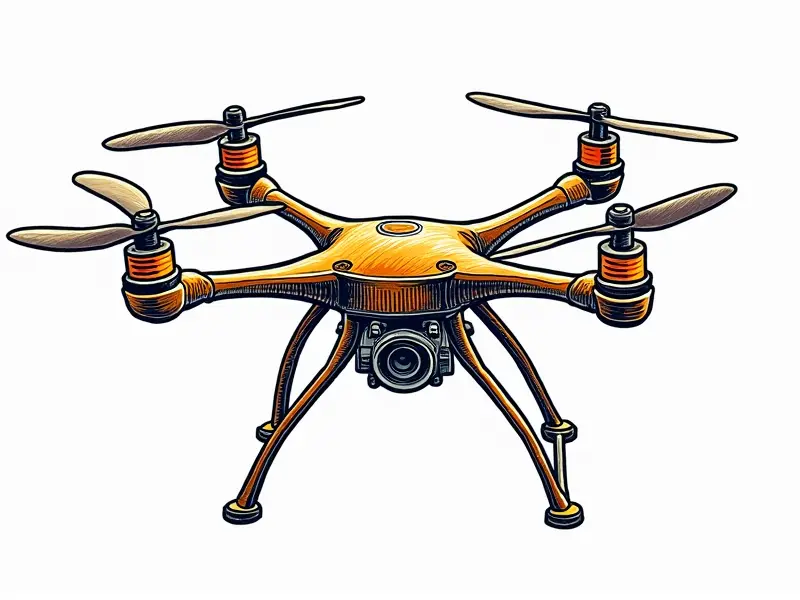What does RTF mean in RC planes?

RTF, or Ready-to-Fly, is a term commonly used in the world of remote control (RC) planes. It refers to model airplanes that are designed for easy assembly and quick setup, making them an ideal choice for beginners who want to get started with flying RC planes without spending too much time on building and configuring parts.
Understanding RTF in RC Aircraft
The concept of RTF is simple yet revolutionary. It means that when you purchase an RTF kit, everything necessary to fly the plane is included right out of the box. This includes the airframe, motor, battery, radio system, and other essential components. The only thing left for the user to do is assemble a few parts, charge the batteries, and take off.
RTF Explained for RC Plane Enthusiasts
For those new to the hobby of flying RC planes, RTF kits offer an excellent entry point. They provide everything needed to start flying almost immediately after unboxing. This includes pre-installed electronics and a complete control system that is ready to use.
Components Included in RTF Kits
- Airframe: The physical body of the plane, including wings, fuselage, and tail sections.
- Motor: Propulsion system that powers the aircraft.
- Battery: Power source for the motor and control systems.
- Radio System: Transmitter and receiver to control the plane remotely.
Choosing RTF vs. ARF RC Planes
When it comes to selecting an RC plane, you'll often come across two main types: RTF (Ready-to-Fly) and ARF (Almost Ready-to-Fly). While both are designed for ease of use, they differ in the amount of assembly required.
Differences Between RTF and ARF
- RTF: Comes fully assembled with everything needed to fly right out of the box. Minimal setup is required.
- ARF: Requires some assembly, typically involving gluing parts together or installing motors and electronics.
The Benefits of RTF RC Planes
RTF kits offer several advantages that make them a popular choice among hobbyists. Here are some key benefits:
Simplicity and Convenience
- No Assembly Required: Everything is pre-assembled, so you can start flying right away.
- Quick Setup Time: Minimal effort is needed to prepare the plane for flight.
Ease of Use
- User-Friendly Controls: Pre-configured radio systems make it easy to control the aircraft without prior experience.
- Built-in Stability Features: Many RTF planes come with stability features that help beginners learn to fly more easily.
Cost-Effectiveness
RTF kits are often more affordable than buying individual components and assembling them yourself. This makes it a budget-friendly option for those just starting in the hobby.
Getting Started with RTF RC Planes
If you're new to flying RC planes, here’s how to get started:
Selecting Your First RTF Kit
- Choose a Suitable Model: Pick an RTF plane that matches your skill level and interests.
- Consider Flight Characteristics: Look for planes with good stability, ease of control, and suitable power-to-weight ratio.
Initial Setup Steps
- Charge Batteries: Ensure all batteries are fully charged before your first flight.
- Install Propeller: Attach the propeller securely to the motor shaft.
- Check Control Surface Alignment: Verify that control surfaces move correctly when the transmitter controls them.
RTF RC Planes: Everything You Need to Know
To fully understand RTF planes, it's important to know what sets them apart from other types of RC aircraft. Here’s a comprehensive overview:
Key Features and Advantages
- Pre-Configured Electronics: All electronic components are pre-installed and ready for immediate use.
- User-Friendly Design: RTF planes typically come with beginner-friendly features such as stability modes, adjustable control sensitivity, and easy-to-use transmitters.
Maintenance Tips
- Battery Care: Regularly check battery levels and maintain proper charging practices to extend their lifespan.
- Inspection Before Flight: Always inspect your plane before each flight for any damage or loose parts.
RTF Kits Simplify RC Plane Building
The primary advantage of RTF kits is that they simplify the building process significantly. Instead of spending hours assembling and configuring components, you can focus on learning to fly your new plane.
Simplified Assembly Process
- Minimal Gluing: Most parts are pre-assembled or snap together easily.
- Fewer Tools Needed: RTF kits typically require only basic tools for final assembly and setup.
Setting Up Your First RTF RC Plane
Once you have your RTF kit, follow these steps to set it up properly:
Basic Setup Procedure
- Unbox the Kit: Carefully unpack all components and lay them out.
- Charge Batteries: Charge the included batteries according to manufacturer instructions.
- Install Propeller: Attach the propeller securely to the motor shaft.
Fine-Tuning Controls
- Adjust Control Sensitivity: Customize control settings on your transmitter for optimal performance.
- Battery Installation: Insert batteries into designated compartments and secure them properly.
Top RTF RC Planes Under $200
If you're looking to purchase an RTF plane within a budget, here are some top picks under $200 that offer great value:
Budget-Friendly Options
- Brand X Model Y: Known for its stability and ease of use.
- Brand Z Model A: Offers good performance at an affordable price point.
Conclusion
RTF RC planes are a fantastic choice for beginners and hobbyists alike. They provide a simple, convenient way to get into the world of remote-controlled aircraft while offering plenty of enjoyment and learning opportunities.
Whether you're looking to start flying or upgrade your current setup, an RTF kit is a great investment that will have you airborne in no time!

